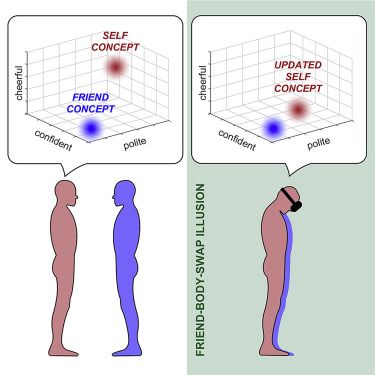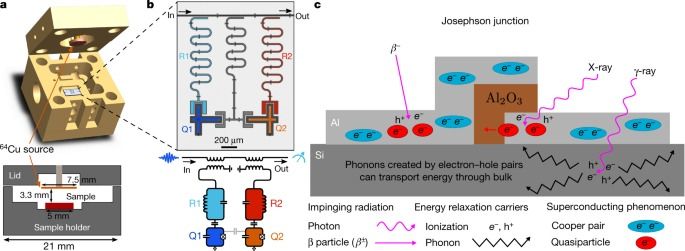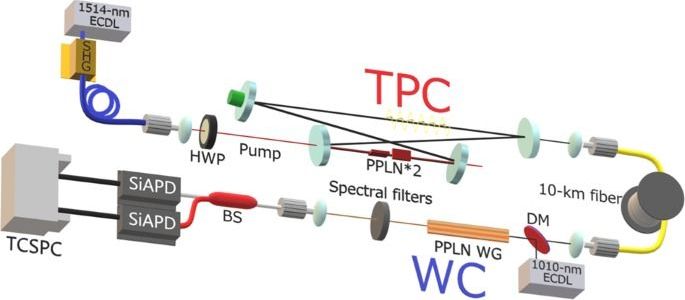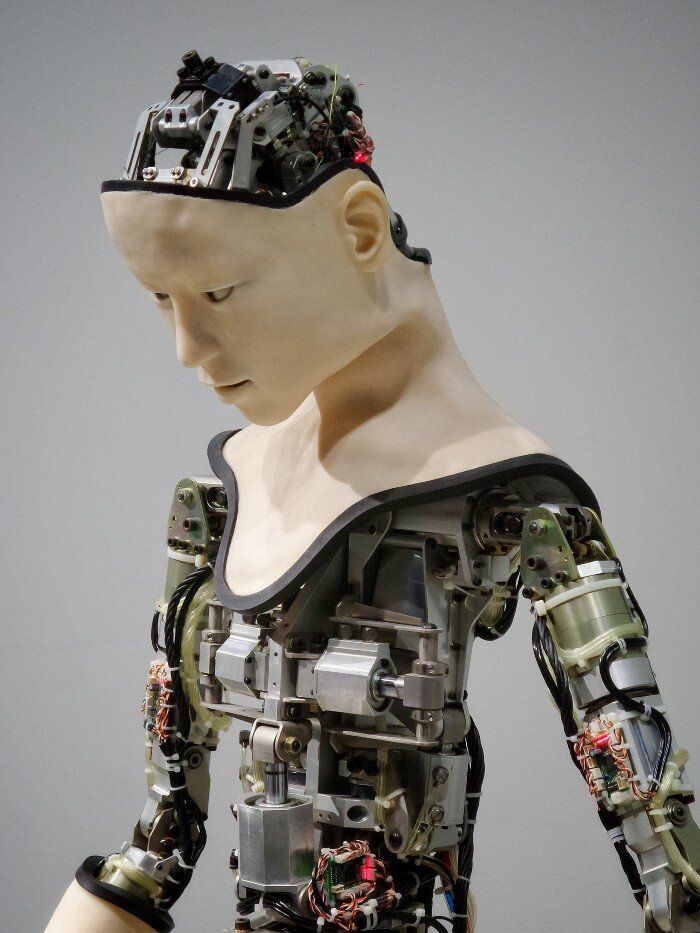
Get the latest international news and world events from around the world.


Impact of ionizing radiation on superconducting qubit coherence
Technologies that rely on quantum bits (qubits) require long coherence times and high-fidelity operations1. Superconducting qubits are one of the leading platforms for achieving these objectives2,3. However, the coherence of superconducting qubits is affected by the breaking of Cooper pairs of electrons4,5,6. The experimentally observed density of the broken Cooper pairs, referred to as quasiparticles, is orders of magnitude higher than the value predicted at equilibrium by the Bardeen–Cooper–Schrieffer theory of superconductivity7,8,9. Previous work10,11,12 has shown that infrared photons considerably increase the quasiparticle density, yet even in the best-isolated systems, it remains much higher10 than expected, suggesting that another generation mechanism exists13. Here we provide evidence that ionizing radiation from environmental radioactive materials and cosmic rays contributes to this observed difference. The effect of ionizing radiation leads to an elevated quasiparticle density, which we predict would ultimately limit the coherence times of superconducting qubits of the type measured here to milliseconds. We further demonstrate that radiation shielding reduces the flux of ionizing radiation and thereby increases the energy-relaxation time. Albeit a small effect for today’s qubits, reducing or mitigating the impact of ionizing radiation will be critical for realizing fault-tolerant superconducting quantum computers.
Generation of Heart Organoids Modeling Early Human Cardiac Development Under Defined Conditions
Cardiovascular-related disorders are a significant worldwide health problem. Cardiovascular disease (CVD) is the leading cause of death in developed countries, making up a third of the mortality rate in the US1. Congenital heart defects (CHD) affect ∼1% of all live births2, making it the most common birth defect in humans. Current technologies provide some insight into how these disorders originate but are limited in their ability to provide a complete overview of disease pathogenesis and progression due to their lack of physiological complexity. There is a pressing need to develop more faithful organ-like platforms recapitulating complex in vivo phenotypes to study human development and disease in vitro. Here, we report the most faithful in vitro organoid model of human cardiovascular development to date using human pluripotent stem cells (hPSCs). Our protocol is highly efficient, scalable, shows high reproducibility and is compatible with high-throughput approaches. Furthermore, our hPSC-based heart organoids (hHOs) showed very high similarity to human fetal hearts, both morphologically and in cell-type complexity. hHOs were differentiated using a two-step manipulation of Wnt signaling using chemical inhibitors and growth factors in completely defined media and culture conditions. Organoids were successfully derived from multiple independent hPSCs lines with very similar efficiency. hHOs started beating at ∼6 days, were mostly spherical and grew up to ∼1 mm in diameter by day 15 of differentiation. hHOs developed sophisticated, interconnected internal chambers and confocal analysis for cardiac markers revealed the presence of all major cardiac lineages, including cardiomyocytes (TNNT2+), epicardial cells (WT1+, TJP+), cardiac fibroblasts (THY1+, VIM+), endothelial cells (PECAM1+), and endocardial cells (NFATC1+). Morphologically, hHOs developed well-defined epicardial and adjacent myocardial regions and presented a distinct vascular plexus as well as endocardial-lined microchambers. RNA-seq time-course analysis of hHOs, monolayer differentiated iPSCs and fetal human hearts revealed that hHOs recapitulate human fetal heart tissue development better than previously described differentiation protocols3,4. hHOs allow higher-order interaction of distinct heart tissues for the first time and display biologically relevant physical and topographical 3D cues that closely resemble the human fetal heart. Our model constitutes a powerful novel tool for discovery and translational studies in human cardiac development and disease.
The authors have declared no competing interest.

Two-photon comb with wavelength conversion and 20-km distribution for quantum communication
Quantum technologies have seen a remarkable development in recent years and are expected to contribute to quantum internet technologies. The authors present an experimental implementation over commercial telecom fibres of a two-photon comb source for quantum communications with long coherence times and narrow bandwidth, which is used in a 20 km distribution experiment to show the presence of remote two-photon correlations.

Mechano-bactericidal actions of nanostructured surfaces
Antibiotic resistance is a global human health threat, causing routine treatments of bacterial infections to become increasingly difficult. The problem is exacerbated by biofilm formation by bacterial pathogens on the surfaces of indwelling medical and dental devices that facilitate high levels of tolerance to antibiotics. The development of new antibacterial nanostructured surfaces shows excellent prospects for application in medicine as next-generation biomaterials. The physico-mechanical interactions between these nanostructured surfaces and bacteria lead to bacterial killing or prevention of bacterial attachment and subsequent biofilm formation, and thus are promising in circumventing bacterial infections. This Review explores the impact of surface roughness on the nanoscale in preventing bacterial colonization of synthetic materials and categorizes the different mechanisms by which various surface nanopatterns exert the necessary physico-mechanical forces on the bacterial cell membrane that will ultimately result in cell death.

Has Earth’s oxygen rusted the Moon for billions of years?
To the surprise of many planetary scientists, the oxidized iron mineral hematite has been discovered at high latitudes on the Moon, according to a study published today in Science Advances led by Shuai Li, assistant researcher at the Hawai’i Institute of Geophysics and Planetology (HIGP) in the UH Mānoa School of Ocean and Earth Science and Technology (SOEST).
Iron is highly reactive with oxygen—forming reddish rust commonly seen on Earth. The lunar surface and interior, however, are virtually devoid of oxygen, so pristine metallic iron is prevalent on the Moon and highly oxidized iron has not been confirmed in samples returned from the Apollo missions. In addition, hydrogen in solar wind blasts the lunar surface, which acts in opposition to oxidation. So, the presence of highly oxidized iron-bearing minerals, such as hematite, on the Moon is an unexpected discovery.
“Our hypothesis is that lunar hematite is formed through oxidation of lunar surface iron by the oxygen from the Earth’s upper atmosphere that has been continuously blown to the lunar surface by solar wind when the Moon is in Earth’s magnetotail during the past several billion years,” said Li.

Gravity wave insights from internet-beaming balloons
Giant balloons launched into the stratosphere to beam internet service to Earth have helped scientists measure tiny ripples in our upper atmosphere, uncovering patterns that could improve weather forecasts and climate models.
The ripples, known as gravity waves or buoyancy waves, emerge when blobs of air are forced upward and then pulled down by gravity. Imagine a parcel of air that rushes over mountains, plunges toward cool valleys, shuttles across land and sea and ricochets off growing storms, bobbing up and down between layers of stable atmosphere in a great tug of war between buoyancy and gravity. A single wave can travel for thousands of miles, carrying momentum and heat along the way.
Although lesser known than gravitational waves —undulations in the fabric of space-time— atmospheric gravity waves are ubiquitous and powerful, said Stanford University atmospheric scientist Aditi Sheshadri, senior author of a new study detailing changes in high-frequency gravity waves across seasons and latitudes. They cause some of the turbulence felt on airplanes flying in clear skies and have a strong influence on how storms play out at ground level.

AI Jesus writes Bible-inspired verse
AI has found religion.
Or at least one engineer and quantum researcher has brought a bit of religion to his AI project.
George Davila Durendal fed the entire text of the King James Bible into his algorithms designed to churn out dialogue in the style of the Old Testament.
Durendal claimed his project, AI Jesus, learned and absorbed “every word more thoroughly than all the monks of all the monasteries that have ever been,” offering a little biblical style verse of his own.

Following schedule adjustment, Starlink now set to launch September 3
SpaceX has officially shifted Tuesday’s planned launch of 60 Starlink internet satellites from pad 39A at NASA’s Kennedy Space Center in Florida. Representatives from SpaceX wrote on Twitter, “Now targeting Thursday, September 3 at 8:46 a.m. EDT for launch of Starlink from Launch Complex 39A, pending Range acceptance — team is using additional time for data review.” Prior to the flight schedule change being made and published on Monday, members of the media had been out at the remote camera setup event at LC 39A. It is unclear whether there will be any need for additional.
This is the second scrub for this mission in as many days; Sunday’s planned launch, the first in what was planned to be a back-to-back double launch day, pushed to Tuesday September 1 due to inclement weather during pre-flight operations.
Beyond this mission, Starlink 12 and Starlink 13 are currently scheduled for September 12 and 13 respectively, launch times TBD.
